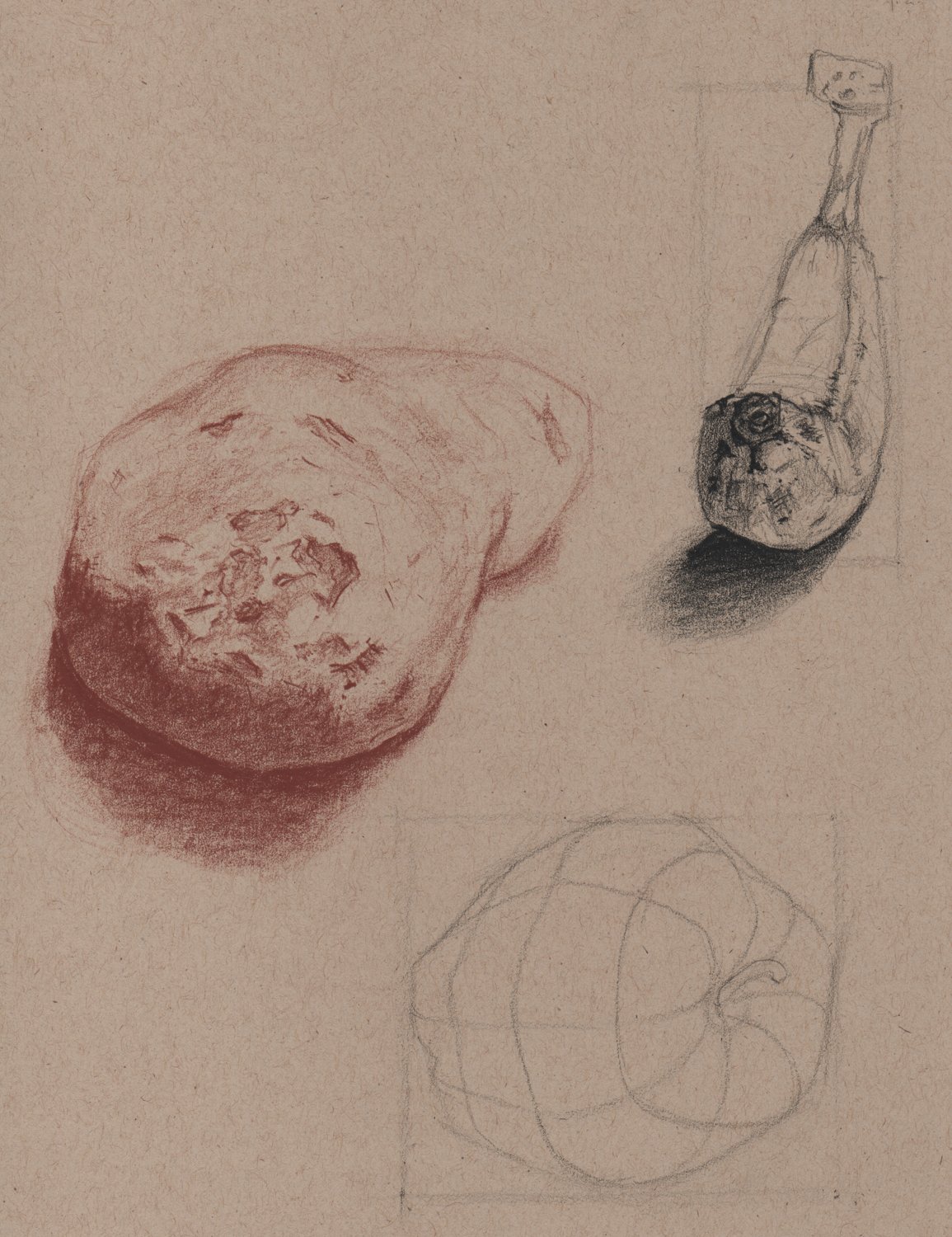Effective Contour Drawing
Do your drawings feel stiff or uncertain? You might be overlooking one of the most fundamental exercises in art: contour drawing. This technique goes beyond simply outlining objects—it challenges you to see your subject truly. By carefully following the edges and surface details with your eyes and translating them to your hand, contour drawing boosts your observation skills, strengthens your coordination, and deepens your understanding of form. The result? Drawings with more accuracy, character, and confidence. Whether you're sketching a figure or a still life, regularly practicing contour drawing lays the groundwork for expressive, well-structured art.
What is a couture drawing?
In art, a contour refers to the visible edges or boundaries of a subject. A contour drawing captures these defining lines, both around the outer shape and within internal features, like folds, creases, or overlapping parts. The goal isn’t to create a polished piece, but to study the subject with care and intention, building a stronger connection between your eye, mind, and hand.
Reasons You Need to Understand Contours
Sharpens Visual Awareness – Helps you recognize shapes and subtle changes in form.
Clarifies Structure – Makes complex objects easier to understand and break down.
Builds Confidence – Promotes more decisive and expressive linework.
Essential Practice – Forms the basis for more advanced techniques like gesture and figure drawing.
Types of Countours
Contours can be categorized into several types, and recognizing these distinctions can make the drawing process more approachable. When you understand the different roles that outer, inner, and cross contours play, it becomes easier to interpret what you see and translate it into clear, intentional lines. Defining each type provides structure to your observation, enabling you to analyze forms with greater clarity and accuracy. Instead of feeling overwhelmed by complex shapes, you begin to see them as organized layers of information—each contour offering a clue to the object's volume, surface, and orientation.
Outer Contour (Outline):
The visible edge of a shape—what you might think of as the "silhouette" of an object.
Inner Contour (Interior Lines)
Lines within the form that describe folds, wrinkles, or other surface features. Oftentimes, outer contours will dive into the form to create inner contours.
Cross Contour Lines:
These are lines that move across the surface of an object to show changes in planes. These lines are not physically observable. They must be visualized.
Key Considerations For Successful Countours
As you work through contour drawing, there are a few essential things to keep in mind. When drawing the outer contour, focus on the shape’s silhouette—observe where the form curves, bends, or angles. Avoid stylizing or guessing; instead, let your eyes slowly trace the edge of the subject, recording what you truly see. For inner contours, pay attention to surface details, such as folds, seams, or overlapping forms. These lines often emerge naturally from the outer contour, so look for where an edge seems to dive into the form. Stay observant and ask yourself, “What surface change is this line describing?” Cross-contour lines, on the other hand, are imagined rather than seen. These wrap around the form and help show its volume, like the lines on a globe or the ridges of a melon. Visualizing them can be tricky at first, but they’re essential for understanding 3D form. Try running your finger over the object in real life or mentally "feeling" the surface as you draw. Don’t rush—this is an exercise in slowing down, observing deeply, and translating what you see and feel into deliberate, expressive lines.
How to Practice Couture Drawings
Several contour-focused exercises train us to notice subtle shifts in direction across a form.
Blind Contour Drawing
A drawing exercise where you draw the contour of an object without looking at your paper. It’s a great way to improve observation skills and hand-eye coordination.
Simple Still Life
Practice drawing everyday objects by focusing on their outer and inner contours, observing each line slowly and carefully to improve your accuracy and understanding of form.






